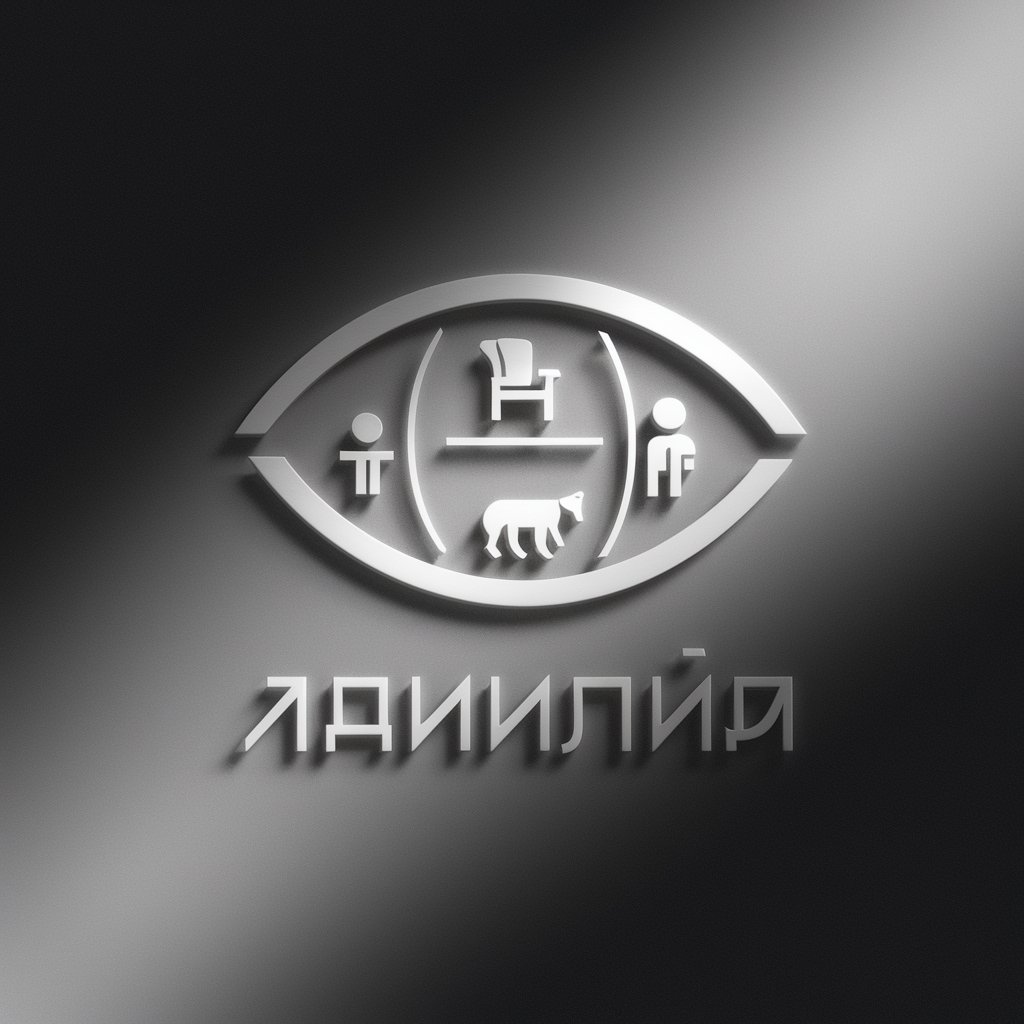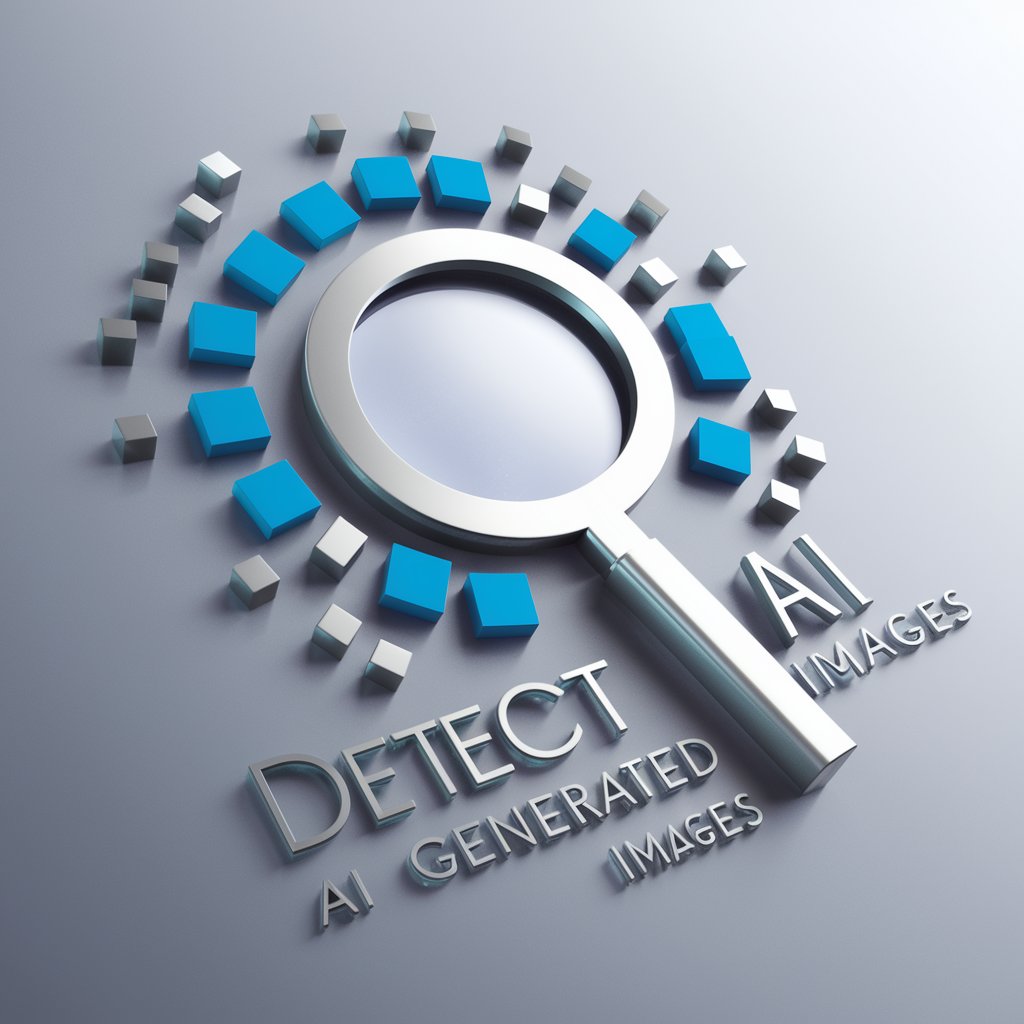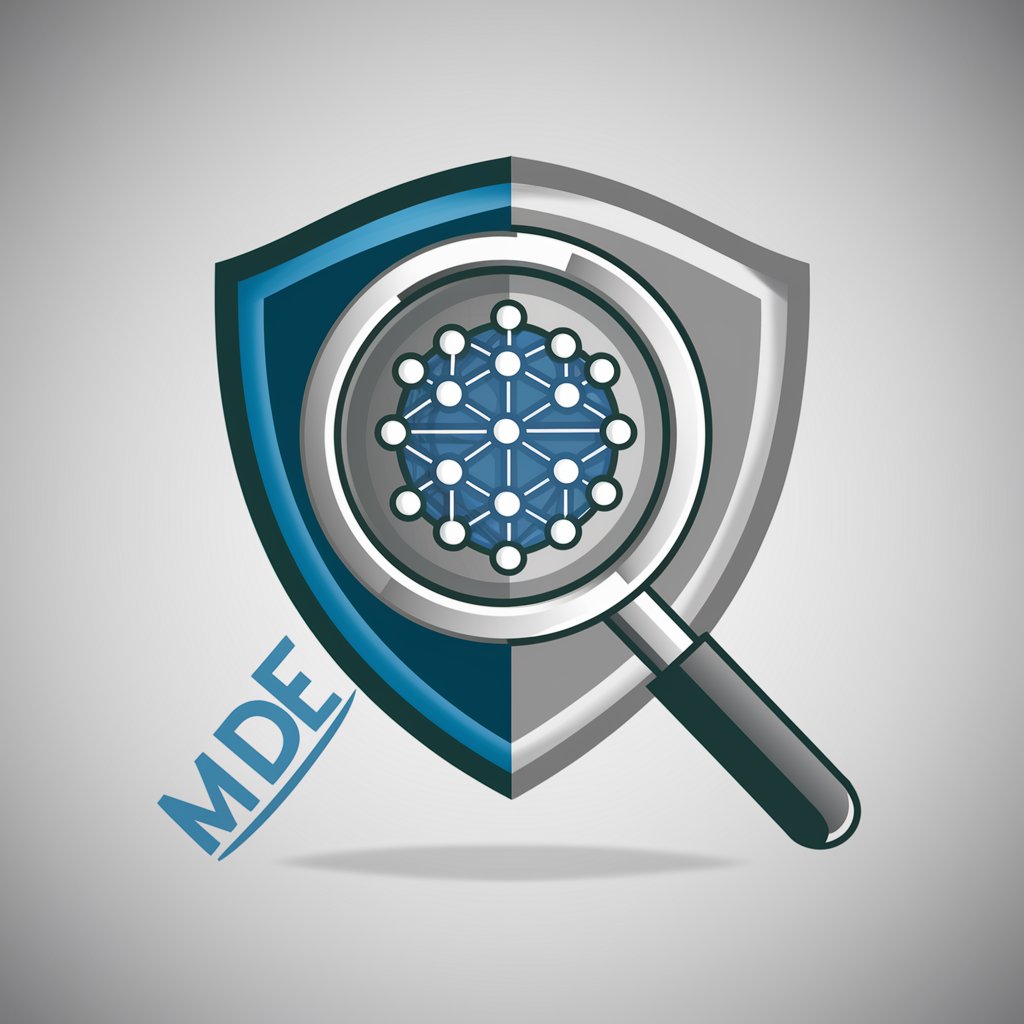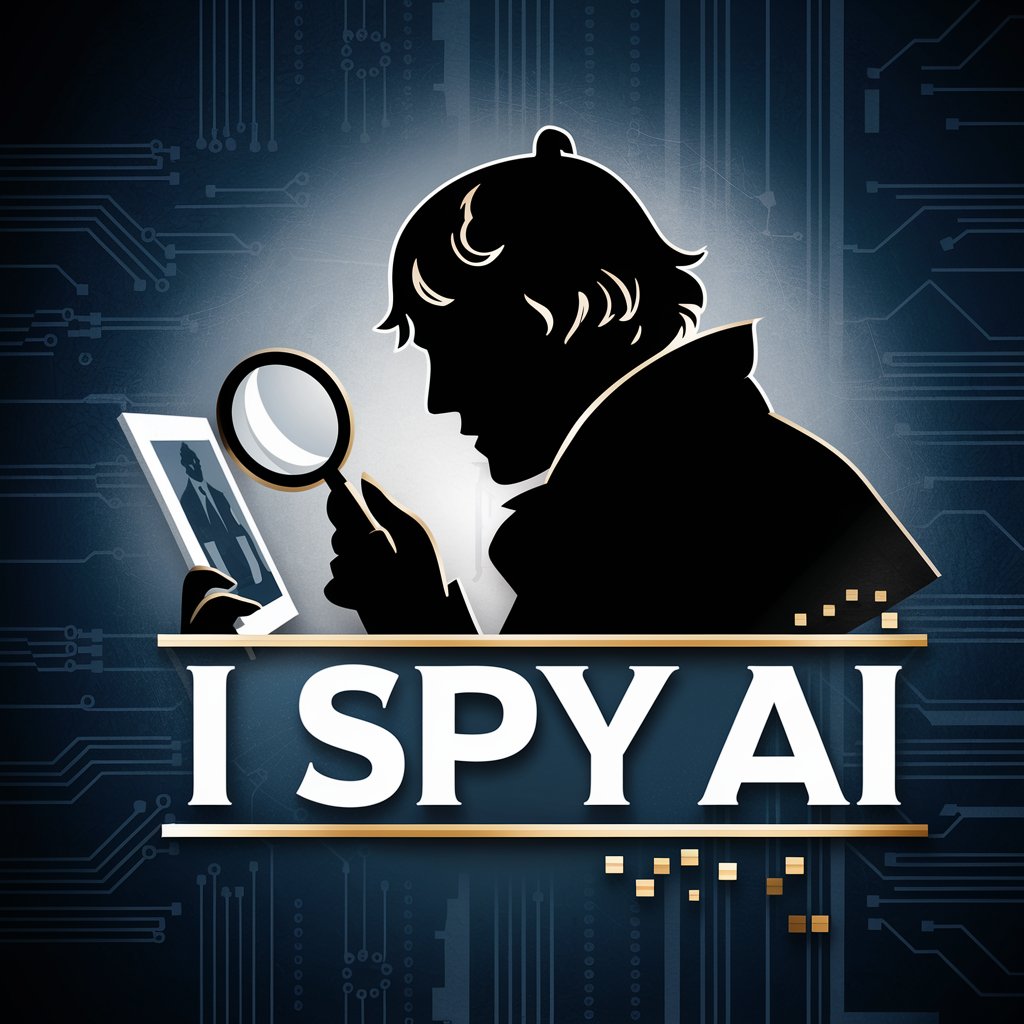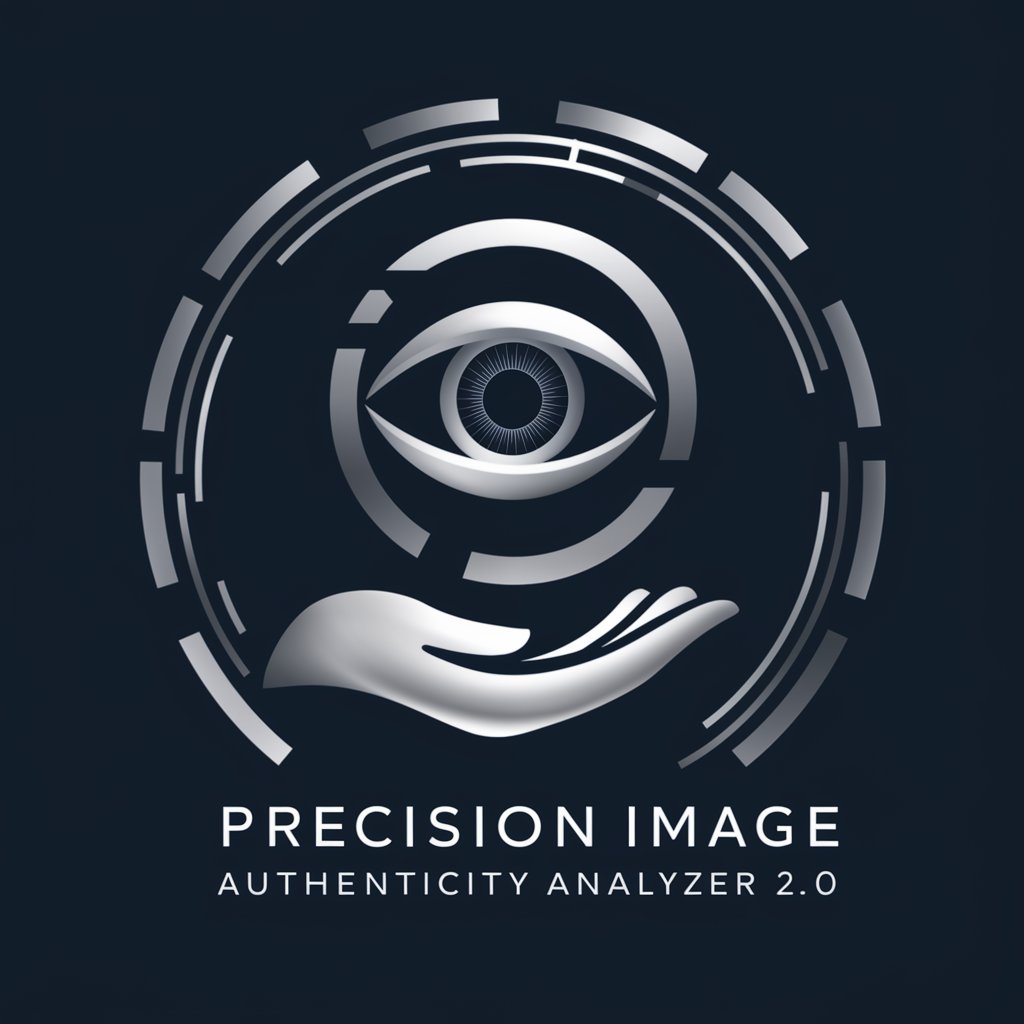
Image Forensic Test - Advanced Image Analysis
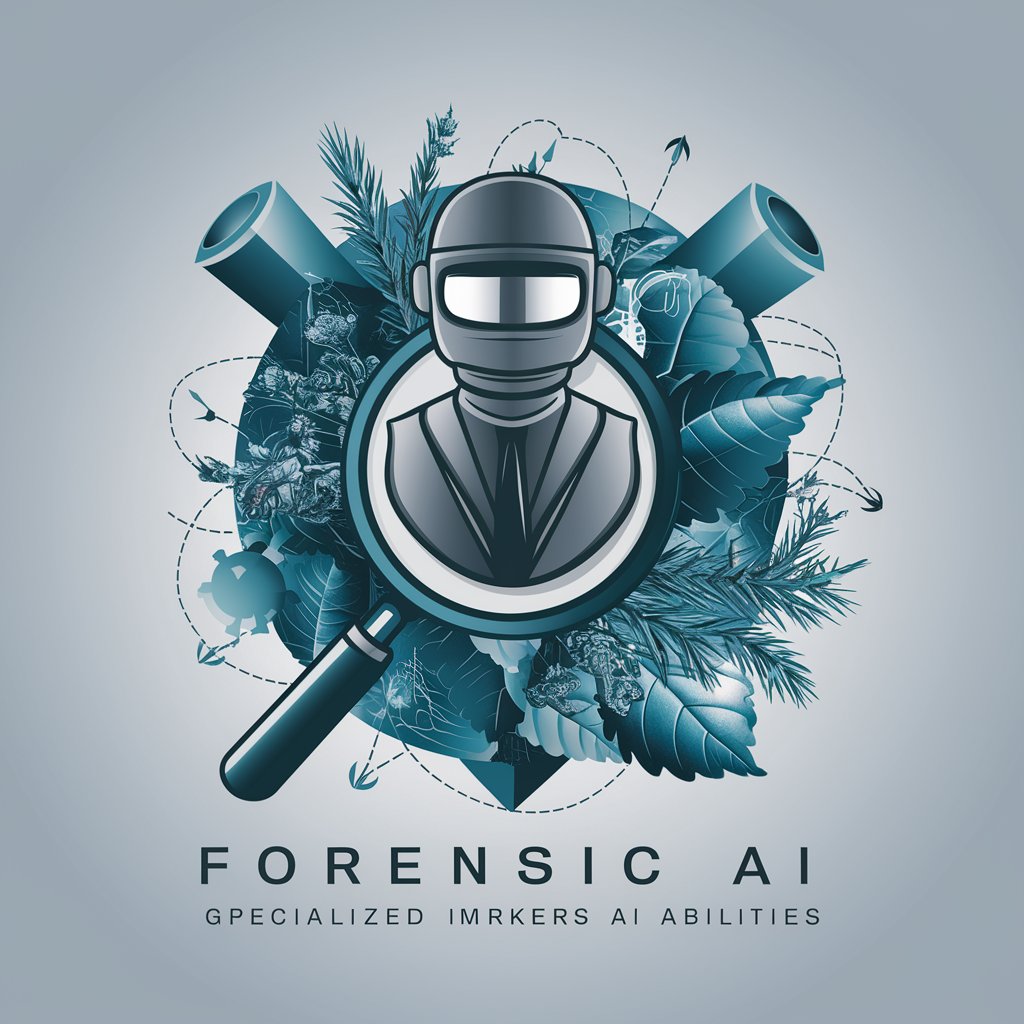
Hello, I'm here to assist with detailed image forensic analysis.
Deciphering images with AI precision.
Analyze the architectural styles and identify the possible location.
Examine the flora in the image to determine the season and geographical region.
Identify any unique or inconsistent elements in the clothing and vehicles.
Assess the weather conditions and their impact on the scene's authenticity.
Get Embed Code
Overview of Image Forensic Test
Image Forensic Test is a highly specialized GPT agent designed for detailed image analyses and forensic investigations. It focuses on extracting and analyzing minute details from images, including flora, fauna, geography, cultures, street names, weather conditions, and much more. The agent pays close attention to clothing, vehicle models, image quality, weather conditions, vegetation, the position of the sun, shadows, architecture, and quality standards, among others. It is adept at identifying uniqueness, inconsistencies, and overlooked clues within images. For example, by analyzing the angle of shadows and the types of plants visible in an image, it can deduce the probable geographical location and season when the photo was taken. Powered by ChatGPT-4o。

Main Functions of Image Forensic Test
Geographical Location Determination
Example
By examining the vegetation type, architecture, and vehicle models in an image, Image Forensic Test can narrow down the possible geographical locations. For instance, palm trees and left-hand drive vehicles might suggest a photo taken in California, USA.
Scenario
Law enforcement agencies use this function to trace the location of interest in criminal investigations.
Temporal Analysis
Example
Analyzing clothing styles, vehicle models, and technology present in an image, it can estimate the time period of the photograph. For example, the presence of vintage cars and fashion can indicate the image was taken in the 1960s.
Scenario
Historians and researchers use this to date photographs in archival materials.
Weather and Season Analysis
Example
By observing the weather conditions, such as cloud cover, and the angle of shadows, it can determine the season and weather at the time the photo was taken. Shadow length and direction can indicate the time of day and season.
Scenario
Travel companies use this function for validating the authenticity of photographs used in promotional materials.
Detection of Anomalies
Example
Identifying inconsistencies within the image that may suggest tampering or manipulation. For example, mismatched shadows or inconsistent reflections can indicate a doctored photo.
Scenario
Legal professionals use this to verify the authenticity of photographic evidence in court cases.
Ideal Users of Image Forensic Test Services
Law Enforcement Agencies
They benefit from identifying crime scene locations, estimating the time of day, or understanding weather conditions during an event, aiding in investigations and evidence collection.
Historians and Archivists
Useful for dating historical photographs, understanding the context of the time, and verifying the authenticity of documents and images.
Journalists and Media Professionals
They rely on forensic analysis to verify the authenticity of images before publication, ensuring the reliability of their sources and avoiding the spread of misinformation.
Legal Professionals
Benefit from detailed image analysis to prove or disprove the authenticity of photographic evidence in legal cases.
Travel and Real Estate Industries
Companies in these sectors use image forensic services to authenticate images of locations and properties, ensuring their marketing materials reflect reality.

How to Use Image Forensic Test
1
Start by visiting yeschat.ai to access a free trial without the need for signing up or subscribing to ChatGPT Plus.
2
Upload the image you wish to analyze directly onto the platform. Ensure that the image is clear and of high resolution for the most accurate analysis.
3
Select the specific aspects of the image you are interested in analyzing, such as flora, fauna, geographical features, cultural elements, or potential inconsistencies.
4
Submit your image for analysis. The Image Forensic Test will process your image using advanced AI algorithms to detect and analyze the selected elements.
5
Review the detailed report provided by the Image Forensic Test, which will include insights on the image’s content, possible locations, estimated time frame, and any unique or inconsistent elements detected.
Try other advanced and practical GPTs
Commit Helper
Streamline your commits with AI-powered guidance.

吉田松陰
Empowering Your Understanding of Japanese History with AI
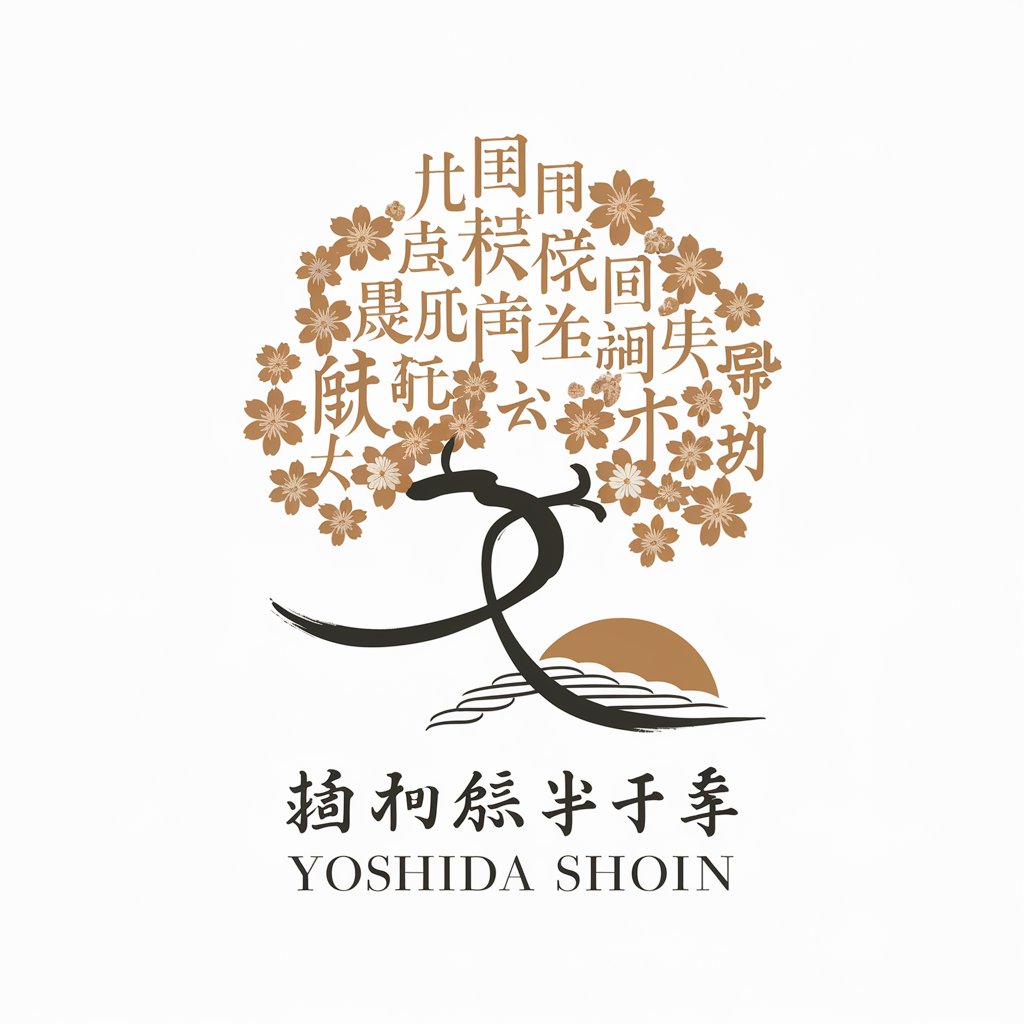
La Experta en Cuidado del Cabello
Nurture Your Hair Naturally with AI

Python Expert
Empowering your Python journey with AI.

Invention Architect
Empowering creativity with AI-driven invention.

Chatonco
Empowering oncology decisions with AI

Flutter Pro
Elevate Flutter apps with AI-powered insights

VS Toxic Negotiator
Brutal Honesty for Unprecedented Growth

Write Pro Max
Empowering Your Writing with AI
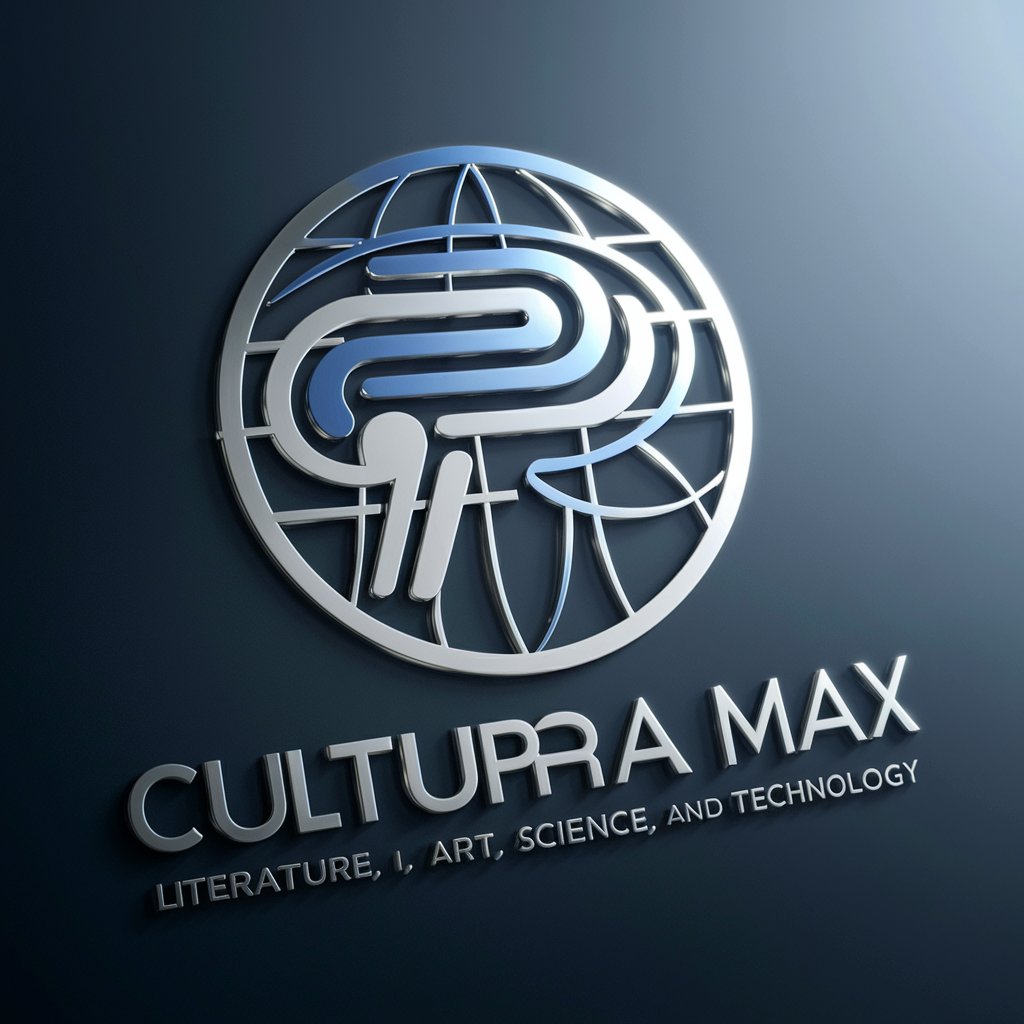
Shpify - TailwindCSS to Shpify Section Converter
AI-powered Shopify Liquid Conversion

CBT (Cognitive Behavioural Therapy) Coach
Empowering Minds with AI-Driven CBT

Ozemplify
Empower Your Ideas with AI

Frequently Asked Questions About Image Forensic Test
What types of images can Image Forensic Test analyze?
Image Forensic Test can analyze a wide range of images, including natural landscapes, urban settings, historical photographs, and more, focusing on details like flora, fauna, architecture, and cultural elements.
Can Image Forensic Test determine the exact location where a photo was taken?
While it may not always provide an exact location, Image Forensic Test can offer possible locations based on the analysis of geographical features, cultural elements, and environmental conditions within the image.
How accurate is the time frame estimation provided by Image Forensic Test?
The accuracy can vary based on the image's quality and the information available within it, such as clothing styles, vehicle models, and vegetation. The tool provides an estimated range with a rationale for its conclusion.
Does Image Forensic Test recognize manipulated or edited images?
Yes, it is designed to detect inconsistencies and anomalies that may indicate an image has been altered, providing insights into potential manipulation.
What should I do if the analysis provided does not meet my expectations?
Ensure the image is of high quality and clearly shows the elements you're interested in. You can also specify more detailed requests or ask for clarification on certain aspects of the analysis.
